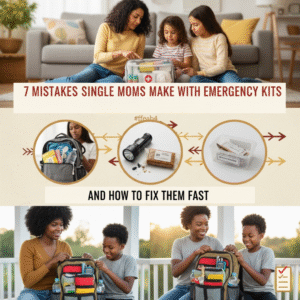
Being a single mom means you’re the sole person responsible for keeping your family safe in the event of a disaster. While that can feel overwhelming, it also means you get to make all the decisions about your family’s emergency preparedness – no compromising required! But even the most organized single moms make some pretty common mistakes when putting together their emergency kits.
It’s hard to remember everything, but these mistakes are totally fixable, and most of the solutions can be implemented this weekend. Here are the seven biggest emergency kit mistakes single moms make and how to fix them fast.
Mistake #1: Buying Pre-Made Emergency Kits and Calling It Done
You know those “72-hour family emergency kits” you see online? They seem like the perfect solution for busy moms who want to check emergency prep off their to-do list. The problem is that these one-size-fits-all kits rarely fit anyone’s actual family.
These generic kits might include adult-sized face masks when you have toddlers, or protein bars when your kid has a nut allergy. They’re designed for an imaginary average family, not your real one with a 6-year-old who only eats chicken nuggets and a teenager who needs contact solution.
The Quick Fix: Use that pre-made kit as your foundation, but immediately customize it. Go through every single item and ask yourself, “Would this actually work for my family?” Replace the generic granola bars with snacks your kids will actually eat. Add extra medications, comfort items, and age-appropriate supplies. Think of it as buying a starter home – it’s a good beginning, but you need to make it yours.
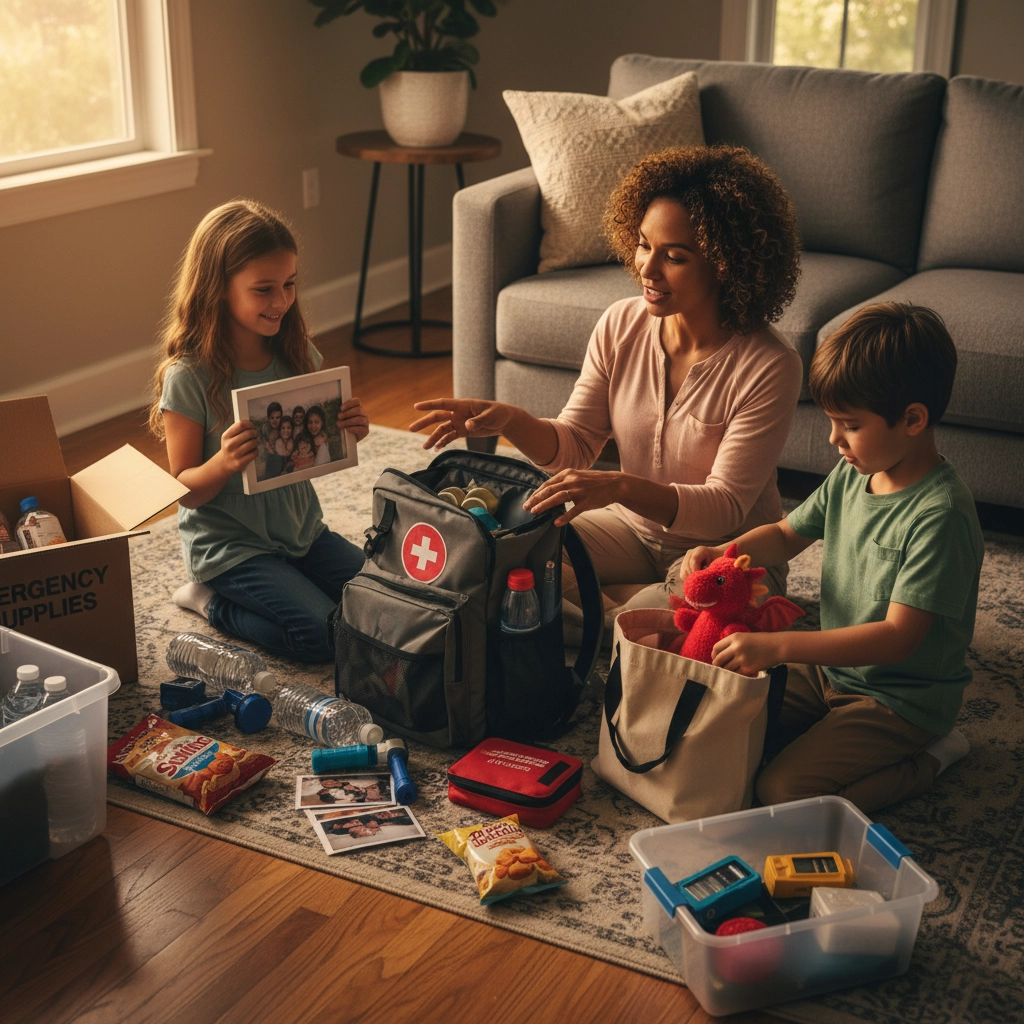
Mistake #2: Keeping All Your Eggs in One Basket
Many single moms store all their emergency supplies in one “logical” place – usually the basement, garage, or a hall closet. While this feels organized, it’s actually risky. What if that area floods, catches fire, or becomes inaccessible during an emergency?
Plus, if you’re in an apartment or small urban space, you might not have a dedicated storage area that can hold everything safely.
The Quick Fix: Spread your supplies around like you’re hiding Halloween candy from your kids. Keep some basics in your car, stash water and snacks in different rooms, and create grab-and-go bags for each family member. Store a few things in your bedroom, kitchen pantry, and even under beds. The rule of thumb: if you can’t access one location, you should still have supplies available elsewhere.
Mistake #3: Treating Your Phone Like a Magic Emergency Wand
As single moms, our phones are our lifelines. We use them for GPS, emergency contacts, weather alerts, news updates, and keeping in touch with kids. But here’s the reality check: your phone battery won’t last through a 72-hour power outage, and cell towers can get overwhelmed or damaged during major disasters.
The Quick Fix: Go old school with backups for everything your phone does. Print out important phone numbers and keep them in your kit – yes, on actual paper. Include a battery-powered or hand-crank radio for news updates, physical maps of your area, and a traditional watch. Keep portable phone chargers, but don’t rely on them as your only solution. Remember how people survived emergencies before smartphones? Channel that energy.
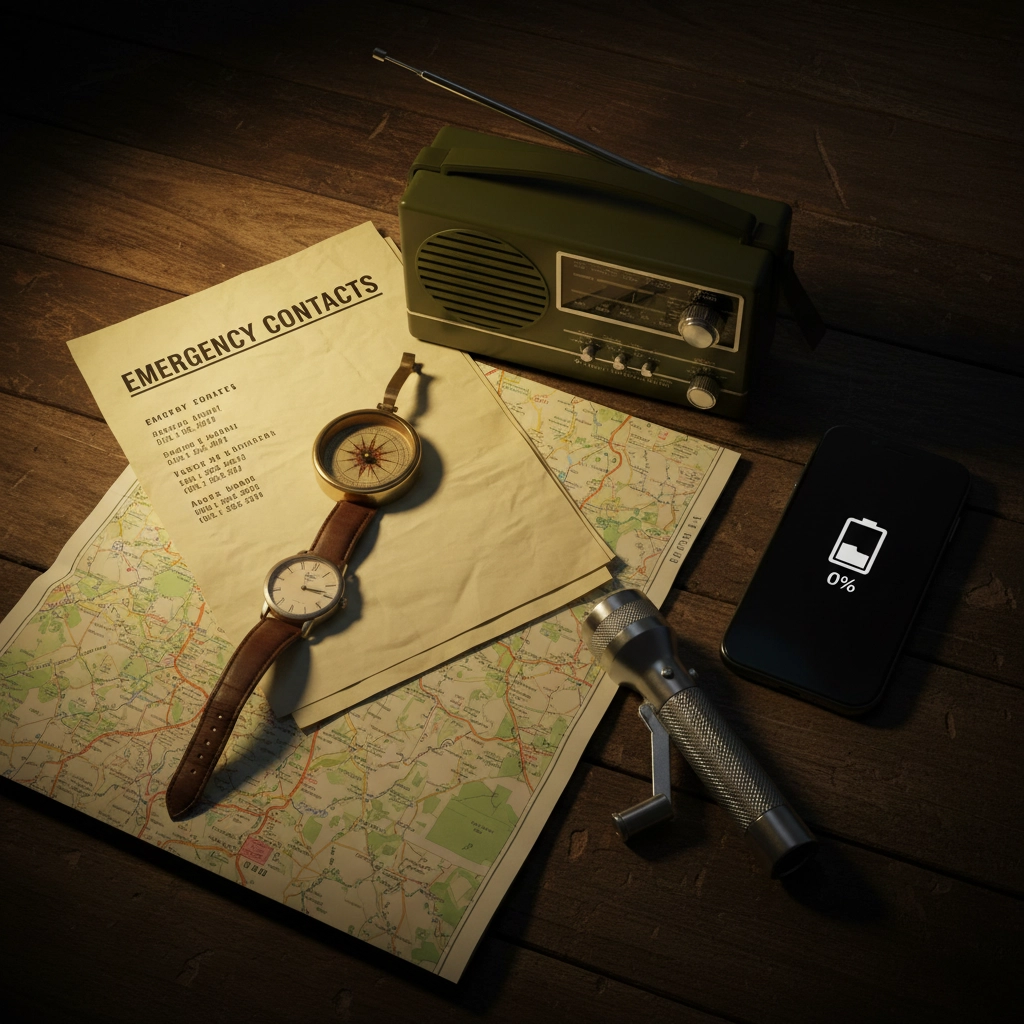
Mistake #4: Assuming Credit Cards Will Save the Day
When a disaster hits, thousands of people try to withdraw cash at the same time. If there is electricity available to power them, the ATMs may run out of money, the credit card systems may go down, and electronic payments may become impossible. Yet many families keep minimal cash on hand, thinking they can just “figure it out” in the moment.
As a single mom, you don’t have a partner to handle the cash run while you manage the kids – you need to have this handled ahead of time.
The Quick Fix: Make a pact with yourself to take a few dollars every week and stash it in your emergency kit (I stash every $5 bill I receive). Keep it in a waterproof container in a safe place. When it reaches a set amount, split it between multiple locations (some in your car, some in your home kit, and some in your purse emergency stash). Include quarters and smaller bills for vending machines, parking meters, or situations where exact change matters. Yes, it feels weird to have cash sitting around, but it’s emergency insurance.
Mistake #5: Underestimating How Much Your Kids Actually Eat
Most emergency food calculations are based on minimum survival calories, but kids don’t eat minimum amounts during normal times, let alone when they’re scared and stressed. Plus, hungry kids are cranky kids, and as a single parent, you’ll be managing those meltdowns on top of navigating the situation, which is not ideal.
Many single moms also stock “practical” emergency foods that their kids will absolutely refuse to eat when push comes to shove.
The Quick Fix: Calculate food needs based on what your family actually eats, not survival minimums. Stock familiar comfort foods that require zero preparation – think individual applesauce cups, crackers, and yes, those expensive individual nut butter packets. Include extra snacks because anxious kids graze more. And please, for the love of your sanity, include some treats. A stressed-out 8-year-old who finds a favorite candy bar in the emergency kit might remember that Mom has everything under control.
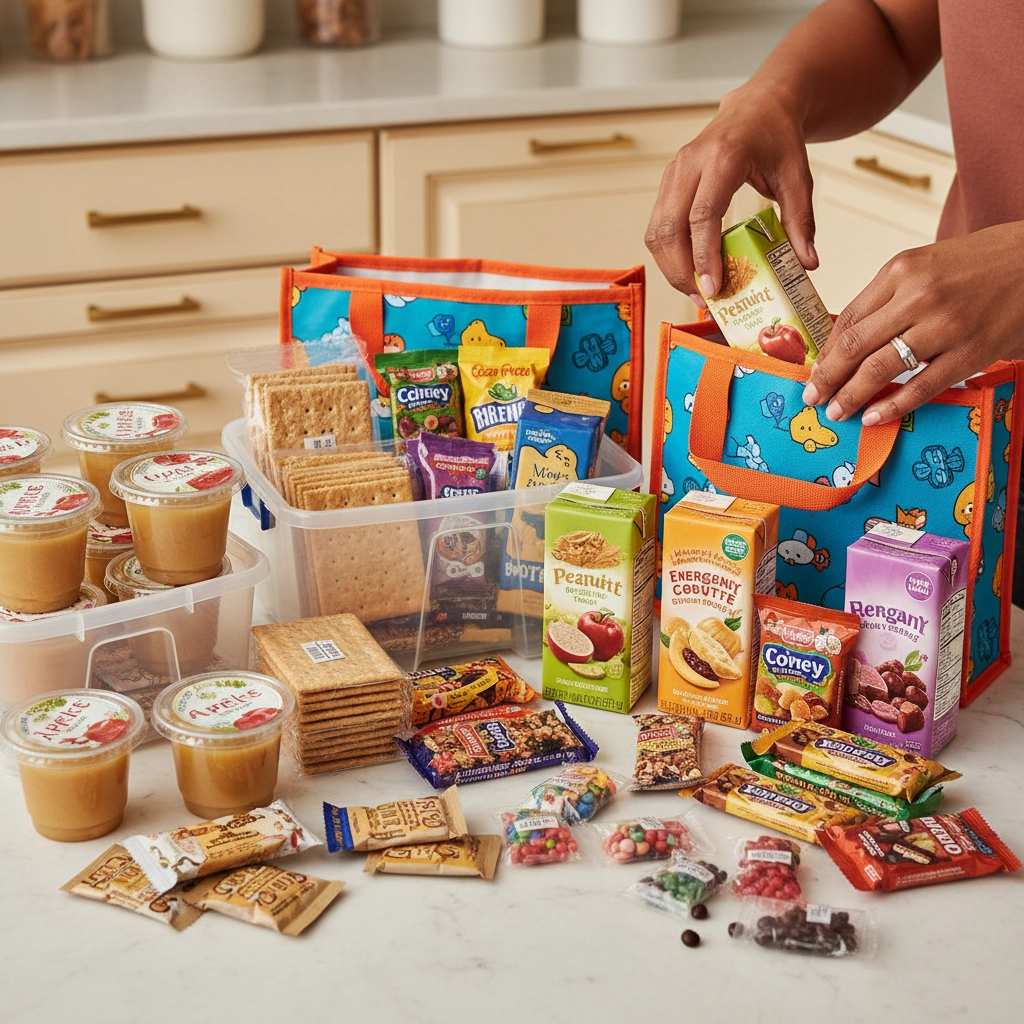
Mistake #6: Forgetting That Kids Need More Than Food and Water
Adult emergency lists focus heavily on survival basics, but kids need comfort items to stay emotionally regulated during scary situations. As a single parent, keeping your kids calm is crucial because you don’t have a partner to tag in when you need a break.
The Quick Fix: Pack emotional regulation tools for each child. Include comfort items like a favorite stuffed animal or blanket, but also pack activities to keep them occupied, such as coloring books, card games, and travel-sized board games. Don’t forget practical kid items like extra clothes, and if you have little ones, diapers and wipes.
Pro tip: Let each child pack their own “emergency comfort bag” with items that make them feel safe. They’ll be more invested in the emergency plan and less likely to panic if they helped create their part of it.
Mistake #7: Building a Kit and Never Testing It
This is the biggest mistake of all. Many single moms spend time and money assembling a perfect emergency kit, then stick it in a closet and never touch it again. But here’s what happens: batteries die, food expires, clothes get too small, and nobody knows how actually to use the equipment when an emergency hits.
The Quick Fix: Schedule quarterly “emergency practice sessions” with your kids. Make it fun – call it “adventure training” or “family challenge time.” Actually use items from your kit: set up the emergency radio, try cooking with your camp stove, test the flashlights, and practice filtering water.
These practice sessions reveal problems before they become disasters. You’ll discover that your kids can’t work the can opener you packed, or that the emergency blankets are way smaller than you expected, or that your “waterproof” matches aren’t actually waterproof.
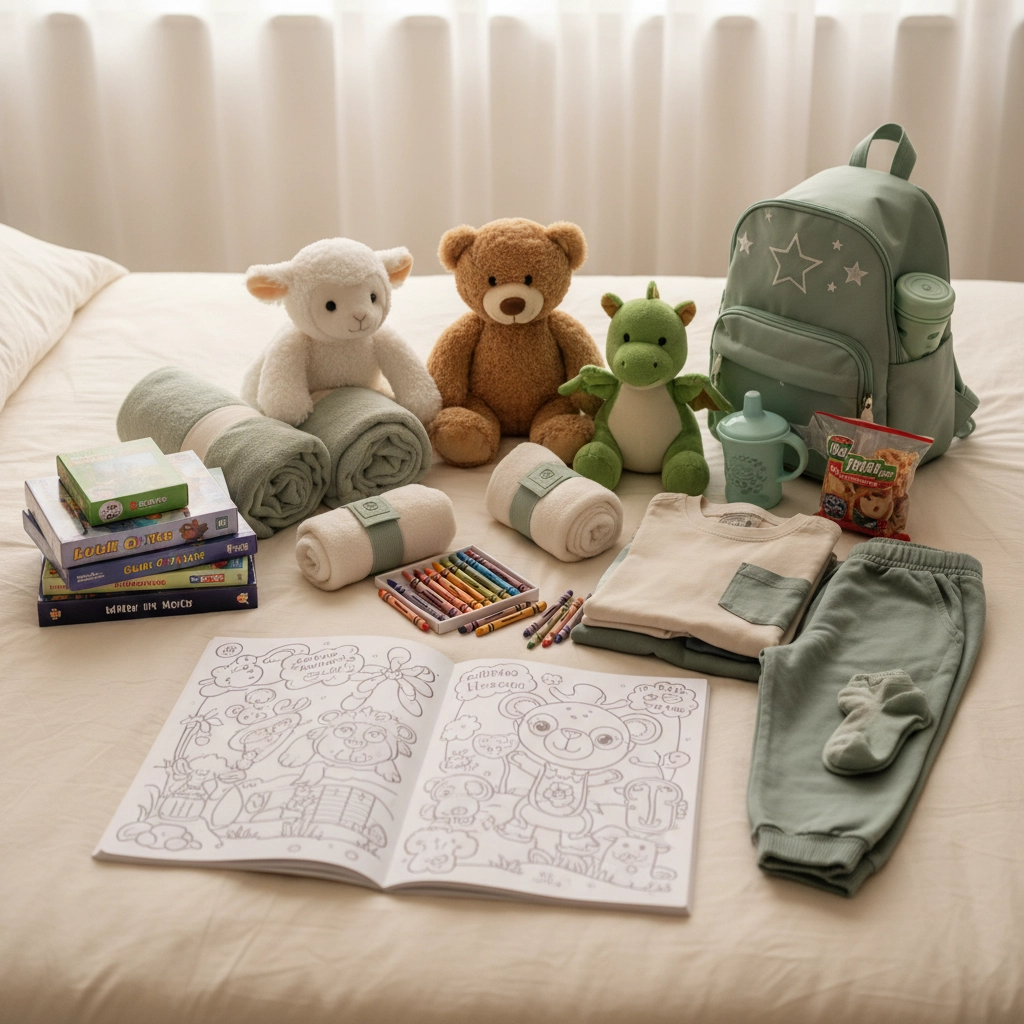
Bonus Tip: Build Your Village Before You Need It
As a single mom, you may not have a built-in emergency partner, but you can create your own support network. Connect with other parents in your neighborhood or apartment building. Exchange emergency contact information and discuss mutual aid plans. Maybe you help watch their kids if they need to check on elderly parents, and they help you if you need to work late during a crisis recovery. You can read more about creating a support network in my article, “Women Helping Women: Building a Support System for Survival,” here.
The Bottom Line
Emergency preparedness doesn’t have to be perfect to be effective. The goal isn’t to become a doomsday prepper with a bunker – it’s to be ready for the realistic emergencies that could affect your family, from power outages to severe weather to situations where you need to shelter in place or evacuate quickly.
Start with one tip in this article to fix this weekend. Then tackle another one next weekend. Before you know it, you’ll have an emergency stash that actually works for your real family, not some generic, one-size-fits-all kit.
Remember, you’re already handling one of the toughest jobs in the world – raising kids solo. Adding emergency preparedness to your skill set just means you’re becoming even more of the superhero your kids already think you are.
Ready to level up your emergency preparedness game? Join our community of urban women who are taking charge of their family’s safety. Sign up for our newsletter to get practical tips delivered straight to your inbox, and don’t miss our latest podcast episode, where we dive deeper into emergency planning strategies that actually work for real life. Check out more resources at Urban Lady Prepper – because prepared women are powerful women.


